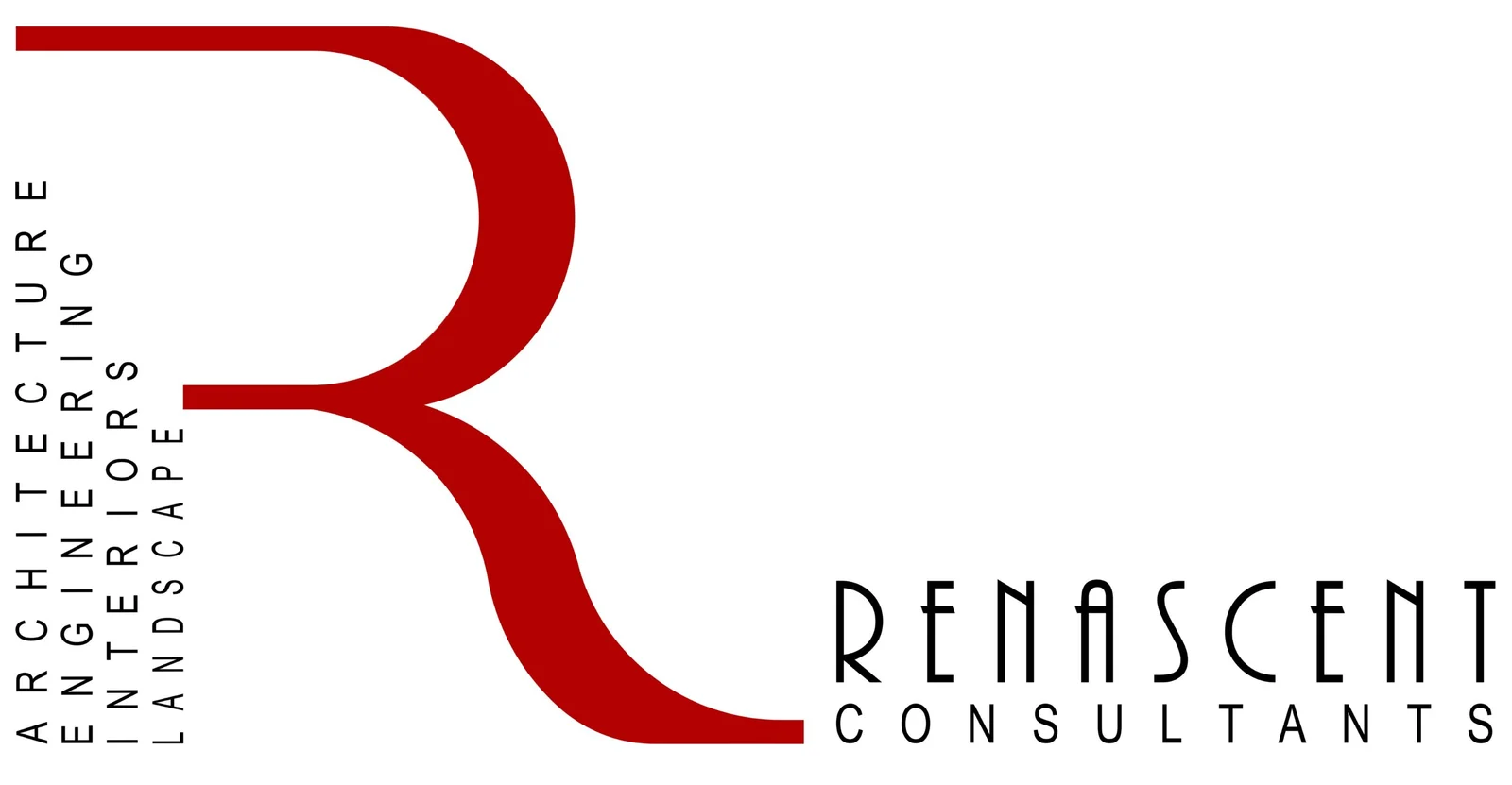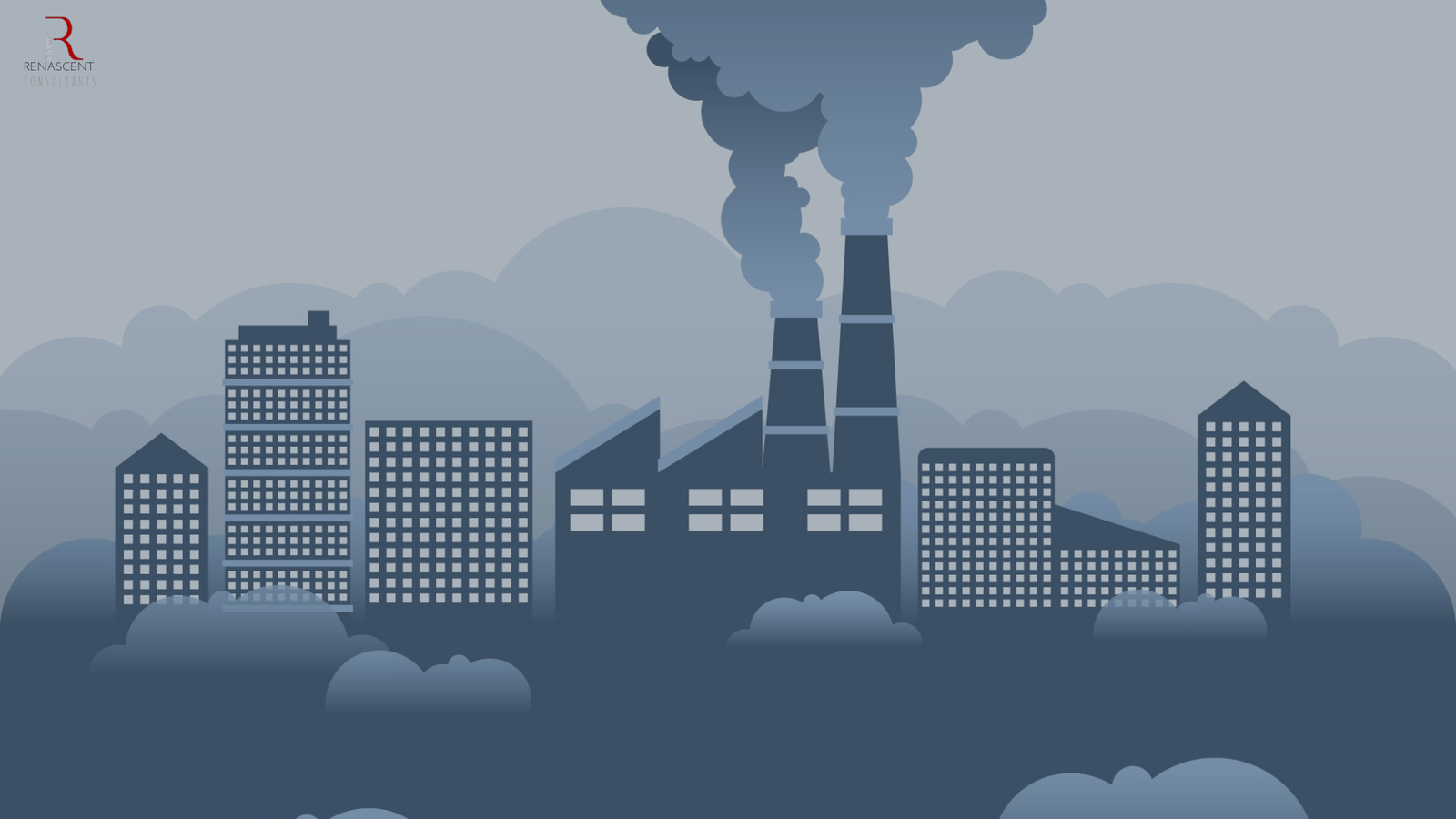Green Building Design for Healthier Indoor Air
Each winter, the air in cities like Delhi turns visibly grey, and headlines remind us how unsafe it’s become to breathe outdoors. But what many people don’t realize is that the air inside our homes can be two to five times more polluted than the air outside, according to the World Health Organization.
From furniture polish to poor ventilation, our modern spaces often trap pollutants instead of filtering them. And while air purifiers offer temporary relief, the real, long-term solution lies in how our homes are designed.
That’s where green building design makes a real difference, it helps your space breathe with you, keeping every space lighter, fresher, and healthier to live in.
At Renascent Consultants, we design spaces that don’t just look good, they care for the people inside them. Whether it’s a home, a classroom, an office, or a healthcare facility, every space should help you breathe easier and feel better.
The Hidden Problem Inside Our Homes
Indoor air pollution isn’t something you can always see or smell. It comes from the materials we use every day: furniture, paint, adhesives, or even air fresheners.
These release chemicals called VOCs (volatile organic compounds). Over time, they mix with outdoor dust and create an invisible mix that can cause tiredness, headaches, or breathing problems.
Children and older adults feel it the most because they spend more time indoors.
Why City Homes Struggle More
If you live in a city, you know how hard it is to get “fresh air.” High-rise apartments are built close together, and traffic pollution creeps in through windows.
In cities like Delhi, this becomes even more serious. Every winter, air quality levels drop sharply, and pollution often seeps indoors despite closed doors and windows. The air purifiers keep running, yet families still feel breathless. It’s a reminder that better architecture, not just machines, is part of the solution.
That’s why architects now talk about “how buildings breathe.” Design can make your space feel open, light, and naturally ventilated, even in dense cities.
Air Purifiers Help, But They’re Not Enough
There’s nothing wrong with using air purifiers, they do work. But they can only clean air after it’s already polluted. They don’t stop bad air from entering.
Filters need replacing, they use electricity, and they don’t cover every corner of your space.
Good design, on the other hand, can reduce the need for purifiers altogether. Imagine your Space itself filtering and refreshing air naturally. That’s what green building design aims to do.
How Architecture Can Clean the Air
Healthy air begins with smart planning. When architects design homes, education and healthcare Institutions with airflow in mind, every corner feels fresher.
Placing windows opposite each other allows natural cross-ventilation. Using materials like clay, bamboo, or low-VOC paints helps keep toxins away.
Balconies with plants and open courtyards act like mini lungs filtering dust and cooling the air. Even how your space faces the sun and wind affects air movement.
At Renascent, we’ve seen simple design tweaks: skylights, vertical gardens, shaded corridors make the interior feel instantly lighter and cleaner.
What You Can Do Right Now
You don’t have to redesign your space to improve indoor air. Start small.
Open your windows during early mornings when the air is cleaner. When repainting, pick low-VOC or natural options. Add a few indoor plants; they’re small but mighty filters.
If you’re renovating, talk to your designer about natural materials and airflow. The changes may seem small, but they can make your home and other space noticeably fresher and healthier.
The Future: Spaces Designed to Breathe With You
Modern buildings are turning into active, responsive environments. Air-quality sensors now guide ventilation automatically as conditions shift.
We’re moving toward “living buildings” , architecture that reacts to climate, light, and airflow in real time.
This is the evolution of healthy architecture, built environments, from homes to campuses to workplaces, designed to care for human well-being.
Final Thoughts
We can’t always control the air outside, but we can choose how we live inside. Green building design gives us the power to protect our health right where it matters the most.
At Renascent Consultants, we believe sustainability starts with empathy. When design puts people first, it doesn’t just create buildings it creates better lives.


